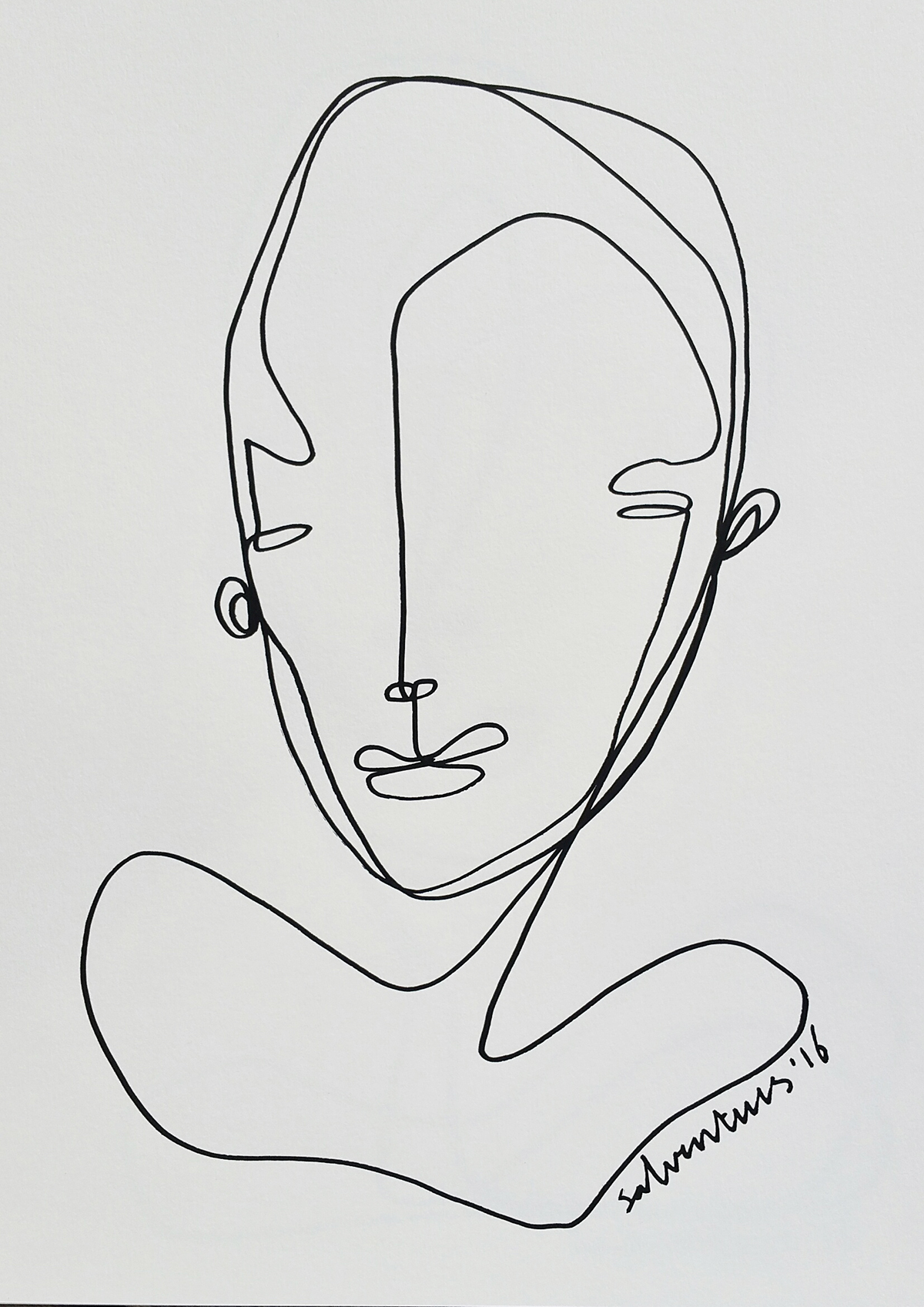2024-25 AGENDA`S COVER CONTEST
EARTH WITHOUT ART IS JUST EH!? “El mayor peligro para la mayoría no reside en establecer una meta demasiado alta y fracasar, sino en establecerla demasiado corta y conseguirla”. Michelangelo Buonarotti
miércoles, 13 de marzo de 2024
lunes, 11 de marzo de 2024
UNIT 2: ART VISUAL ELEMENTS "TEXTURE"
Texture

Remember that the visual elements of an image are: POINT, LINE, SHAPE, FORM (SPACE), VALUE, COLOUR AND TEXTURE.
During this term we have seen three of these visual elements: Point, Line and Shape. The next visuals elements to see are TEXTURE, COLOUR, VALUE and FORM (SPACE)
TEXTURE is a powerful art element because it can quickly evoke memories and emotions. Start becoming more aware of textures all around you—the carpet, in the clothes you’re wearing, and the fur on your cat. Let's see these presentations and video to get a better idea of this concept:
THEORY
HOW TO DRAW IMPLIED (VISUAL) TEXTURES
viernes, 8 de marzo de 2024
ACTIVITY 1: SELF-PORTRAIT "LINE"
ACTIVITY 1: SELF-PORTRAIT "LINE"
SOME OTHER EXAMPLES OF PORTRAITS USING LINES










Now let's explore together one of the most important elements of design: THE LINE.
Visual Elements: LINE from Rosa Fernández
ACTIVITY: SELF PORTRAIT
Now we are going to use the line as an element to define, draw, express, communicate or simple decorate our own portrait.
ACTIVITY: SELF PORTRAIT
Now we are going to use the line as an element to define, draw, express, communicate or simple decorate our own portrait.
Assessment Criteria (do not forget to copy this at the back of your work)
1. Draw a margin or a frame or a background (1 point)
2. Use the line to create the impression of volume (implied volume) (3 points)
3. Originality, creativity (2 point)
4. Expressiveness (1 points)
4. Neatness, good presentation (1 points)
5. Description of your work, minimum 5 sentences (1 point)
6. Self evaluation (1 point)
SOME OTHER EXAMPLES OF PORTRAITS USING LINES


SOME OTHER INTERESTING EXAMPLES:








EXAMPLE OF A SELF EVALUATION
AND DESCRIPTION OF YOUR WORK OF ART
"Hi teacher,
This is the description of my work and my evaluation. I am being very honest:
At the start I had no idea what to do, then I checked some more drawings online, and I decided to do something similar to the Urban Artist Suso33 that you showed us in class. I am happy with the result. I think I have done a good job, because I investigated about it and It took time. I also have a good presentation (clean and tidy) a good composition (distribution of the elements of the drawing in the space of the paper), and I follow the instructions (a drawing of portrait with lines) finally I enjoyed it doing it. I think my work does not deserve less than a 9.
Here is the video and work by Suso33 that I used as inspiration."
Suscribirse a:
Entradas (Atom)
%20(1).png)

